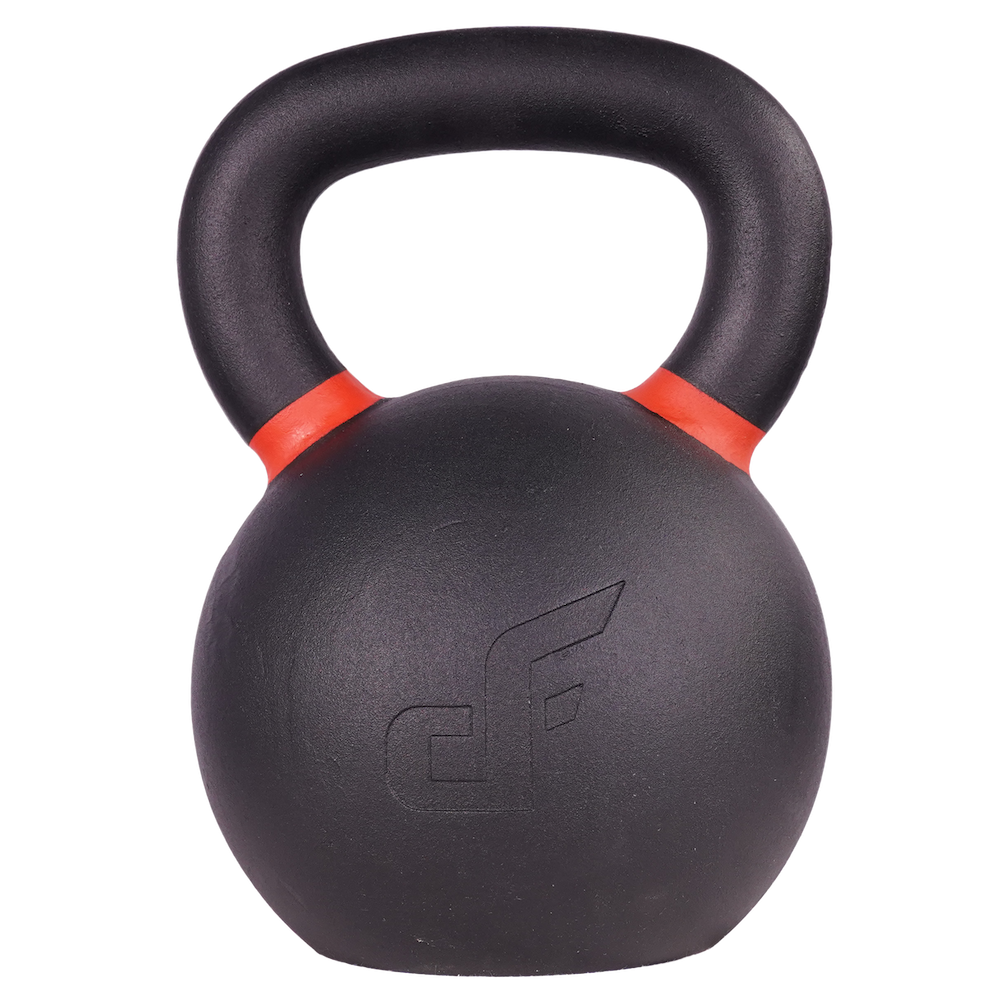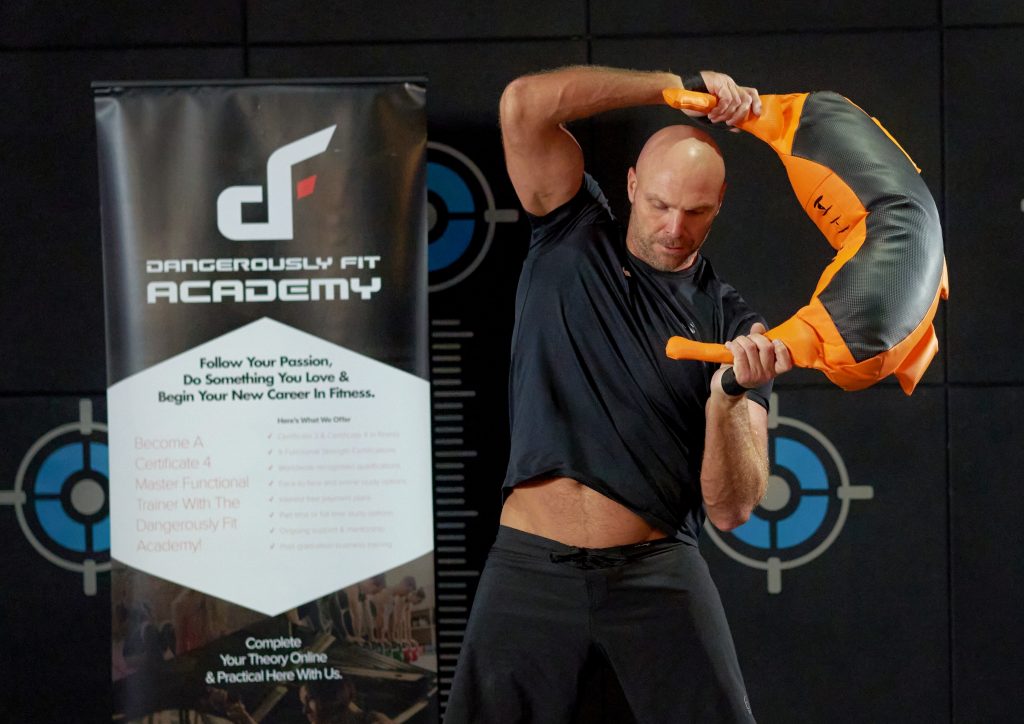In the ever-evolving world of fitness, one tool has maintained its popularity for centuries: the kettlebell. Kettlebell training offers a dynamic and effective way to build strength, improve endurance, and enhance overall fitness. In this comprehensive guide, we’ll delve into the benefits of kettlebell training and provide you with valuable insights on how to select the right type of kettlebell for your fitness journey.

The Benefits of Kettlebell Training
1. Full-Body Conditioning: One of the primary advantages of kettlebell training is its ability to provide a full-body workout. Unlike traditional weightlifting, which often isolates specific muscle groups, kettlebell exercises engage multiple muscle groups simultaneously. This results in a more efficient and functional form of strength training.
2. Cardiovascular Fitness: Kettlebell workouts are intense and can elevate your heart rate, making them an excellent choice for cardiovascular conditioning. The combination of strength and cardio in one session can help improve your overall fitness level.
3. Improved Core Strength: Many kettlebell exercises require a stable and engaged core to perform correctly. As a result, kettlebell training can help strengthen your core muscles, leading to better posture and reduced risk of lower back pain.
4. Functional Strength: Kettlebell movements often mimic real-life activities, making them highly functional. Whether you’re lifting groceries, playing sports, or carrying your child, the strength gained from kettlebell training is directly applicable to daily life.
5. Time-Efficient Workouts: Kettlebell training allows you to achieve a challenging workout in a relatively short amount of time. This is perfect for individuals with busy schedules who still want to prioritize their fitness.
Selecting the Right Kettlebell
Choosing the right Dangerously Fit kettlebell is crucial to ensure a safe and effective training experience. Here are some key factors to consider:
1. Weight: Kettlebells come in a range of weights, typically measured in pounds or kilograms. The weight you choose depends on your fitness level, goals, and the specific exercises you plan to perform. As a general guideline, start with a kettlebell that is 8-16 kilograms (18-35 pounds) for women and 16-32 kilograms (35-70 pounds) for men. Experiment with different weights to determine the one that challenges you without compromising your form.
2. Handle Size: The handle is a critical aspect of the kettlebell. It should have enough space to comfortably accommodate your hand, allowing for a secure grip. A handle with a smooth, powder-coated finish is often preferred as it minimizes the risk of blisters.
3. Handle Shape: The shape of the handle can vary among different kettlebells. Some have a traditional “bell” shape, while others have a more rectangular handle. The choice largely depends on personal preference. Try both styles to determine which one feels more comfortable during your workouts.
4. Material: Kettlebells are typically made from either cast iron or steel. Cast iron kettlebells are more budget-friendly and suitable for most people’s needs. Steel kettlebells are often more expensive but have a smoother finish and are more durable.
5. Quality: Invest in high-quality kettlebells from reputable brands to ensure durability and safety. Poorly made kettlebells can have sharp edges or uneven weight distribution, which can lead to injury.
6. Single or Set: Decide whether you want a single kettlebell or a set. Beginners can start with a single kettlebell, while those looking to progress can invest in a set with different weight options.
Kettlebell Exercises for Beginners
If you’re new to kettlebell training, here are some beginner-friendly exercises to get you started:
1. Kettlebell Swing: The kettlebell swing is a fundamental exercise that targets the posterior chain (hips, glutes, and lower back) and improves explosive power. Start with a light kettlebell and focus on proper form before progressing to heavier weights.
2. Goblet Squat: The goblet squat is an excellent lower-body exercise that also engages the core. Hold the kettlebell close to your chest and perform squats while maintaining an upright posture.
3. Kettlebell Deadlift: The deadlift with a kettlebell is a great way to strengthen the entire body, particularly the back and legs. Ensure your form is correct to prevent injury.
4. Turkish Get-Up: The Turkish get-up is a complex but highly effective exercise that works on strength, stability, and mobility. It’s best learned with a qualified instructor.
5. Kettlebell Halo: This exercise helps improve shoulder mobility and stability. Hold the kettlebell by the handle and move it in a circular motion around your head.
Get more more kettlebell exercise instructions at: http://www.steelmace.co.nz/kettlebell-certification-course-new-zealand/
Safety Precautions
As with any form of exercise, safety should be a top priority when training with kettlebells. Here are some safety precautions to keep in mind:
1. Start Slow: Begin with lighter weights and gradually increase the load as your form and strength improve.
2. Proper Form: Ensure you learn the correct form for each exercise to prevent injury. Consider working with a certified kettlebell instructor if you’re new to kettlebell training.
3. Warm-Up: Always warm up before a kettlebell workout to prepare your muscles and joints for the movements.
4. Rest and Recovery: Allow your muscles to recover between workouts to prevent overtraining and reduce the risk of injury.
5. Listen to Your Body: Pay attention to your body’s signals. If you experience pain or discomfort during a kettlebell exercise, stop immediately and seek guidance.
Kettlebell training is a versatile and effective way to enhance your strength, endurance, and overall fitness. When selecting the right kettlebell, consider factors like weight, handle size, shape, material, and quality.
Whether you’re a beginner or an experienced fitness enthusiast, incorporating kettlebell exercises into your routine can help you achieve your fitness goals and unlock the many benefits of this ancient yet timeless fitness tool. Remember to prioritize safety, proper form, and gradual progression to make the most of your kettlebell training journey.


